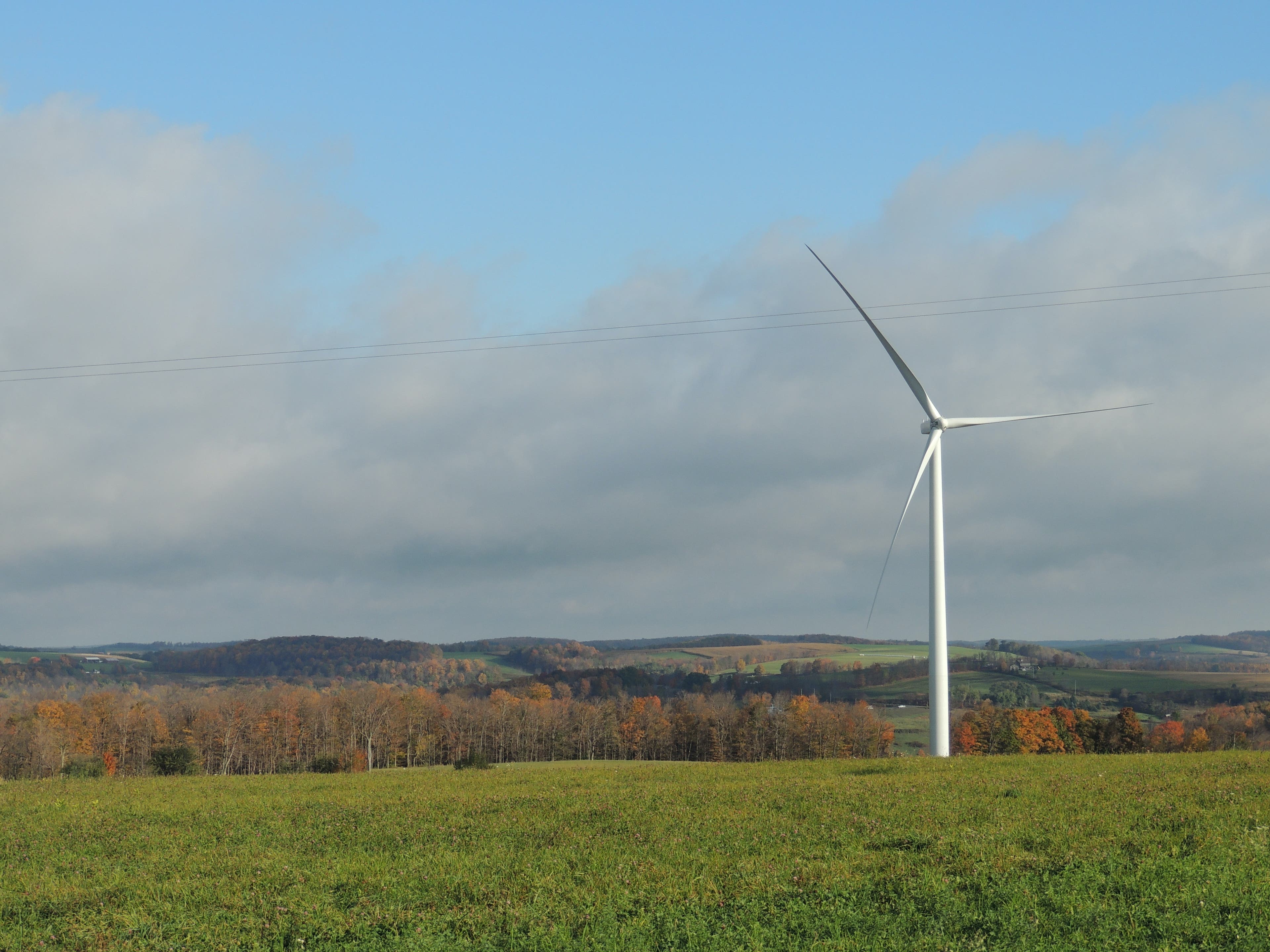
Bull Run Wind Energy Center
Bull Run Wind Energy Center
The Bull Run Wind Energy Center is a proposed 449-megawatt wind energy project located in Clinton County, New York that will generate homegrown energy to meet the nation's growing demand for cleaner, more affordable, reliable electricity, while creating jobs and investing in local communities.
Project Stats
megawatts clean power generation capacity
American homes powered
.png?branch=production&width=3840&quality=75&auto=webp)
Community Benefits
The energy transition will only succeed if it works for local communities and economies. That’s why we’re committed to Clinton County for the long term. The Bull Run Wind Energy Center will help create family-sustaining jobs and local economic investment.
total economic investment
full-time jobs created
Project Location
Project Overview
We are dedicated to maintaining strong relationships with Clinton County for the long term. If you have any questions or concerns about the project, please reach out via our contact page.
Preliminary Studies and Land Campaign
Site Characterization and Permitting
Engineering and Pre-Construction
Construction
Operations and Maintenance
Site Characterization and Permitting
During this phase, Invenergy continues environmental surveys, submits local, county and/or state permit applications, and continues engaging with community members and all relevant officials.


About Invenergy
Invenergy is North America's largest privately held developer, owner, and operator of clean, more reliable, affordable energy solutions. Invenergy has successfully developed more than 210 projects, including natural gas, solar and wind power generation, transmission infrastructure, and advanced energy storage projects across the world. Headquartered in Illinois, Invenergy invests over $500 million annually in the home communities where its projects are located.

